How to Identify Your Curl Type Easily
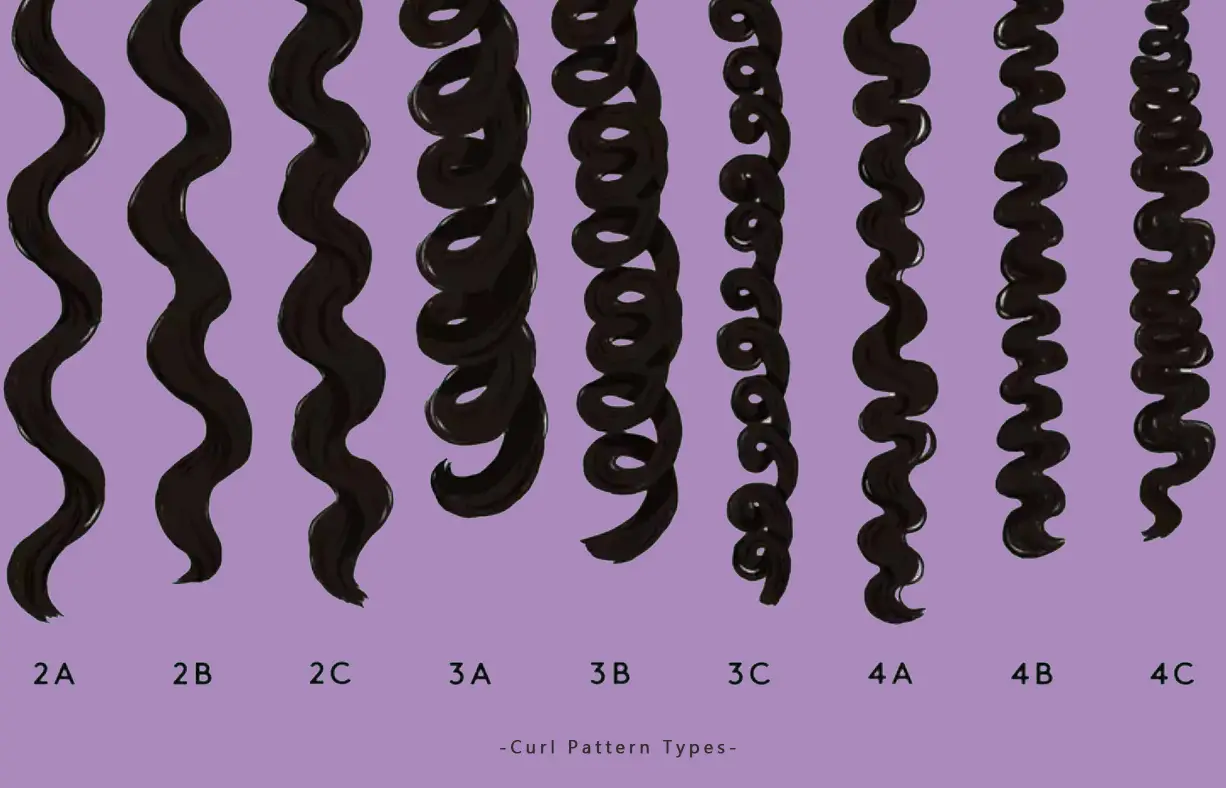
PHOTO: EasyNjoy
Assuming that all curls, waves, kinks, and coils require the same level of care, many people and brands lump all non-straight hair into one large category. Anyone who knows curl types, however, is aware that this is untrue. Finding the ideal routine can be difficult, and understanding curly hair types requires work. You can choose the best products and treatments for your hair by using a curl types chart to determine your unique pattern.
So, how can you tell what kind of curl you have? Numbers 1 through 4 are used in a popular system to classify hair textures, where 1 represents a straight hair and 4 represents the tightest curls. A, B, and C are further divisions of each number, with A having the loosest pattern and C having the tightest. For example, 1A hair is fine, perfectly straight, and only manages to maintain a curl with the aid of styling aids.
RELATED: How to Curl Your Hair Using a Flat Iron: A Step-by-Step Guide
Finding the correct products, selecting the greatest ingredients, and skillfully styling can be stressful when there are so many things to take into account. Knowing your curl type can therefore make it easier to choose the products and styles that suit you the best and streamline your hair care regimen.
RELATED: Want to straighten your hair? Check out the best hair straighteners we've tested!
Understanding Curl Patterns
The phrase "curly hair" is broad and encompasses everything from tight coils to delicate waves. The first step in correctly identifying your curl type is to examine the form of your hair follicles at the scalp. Usually oval or asymmetrical, curly hair follicles form an elliptical shape that gives rise to curls. On the other hand, because straight hair follicles are circular, hair can grow uniformly in a straight pattern.
Since water can momentarily change the structure of hair, it is preferable to evaluate your curl pattern while your hair is damp. Remember that most people's heads have multiple curl patterns. The front and sides of the hair may have tighter curls, whereas the nape of the neck may have looser hair.
After learning the fundamentals, review the curl type chart and continue reading for a description of the many types of curls and the ideal products for each.
RELATED: How to Identify Your Hair Type and Why It Matters

PHOTO: EasyNjoy
Type 2
Fine to coarse, type 2 hair can have everything from a disheveled texture to faint curls. Although they retain their structure, the curls are nevertheless readily deflated or straightened.
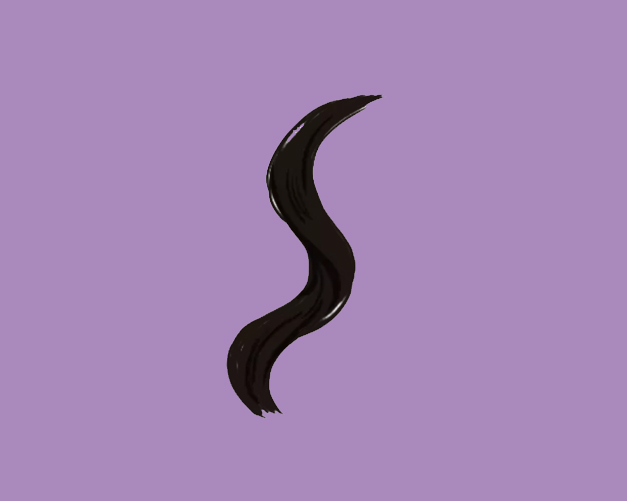
2A
Fine and somewhat wavy, 2A hair has a disheveled texture that gently curls at the ends and tends to rest flat at the roots. It can occasionally lack volume and is simple to straighten. Use a lightweight mousse or serum rather of thicker creams or oils to accentuate its natural waves without making them look heavy. By adding thickness and strengthening the hair, products containing rice water can also lower the chance of breaking.

2B
With more pronounced S-shaped waves that begin in the mid-lengths, 2B hair has a flatter crown. It has more substance and texture than 2A since its strands are thicker. A sea salt texture spray works great to accentuate its natural waves, giving the hair movement and shape without making it feel heavy.
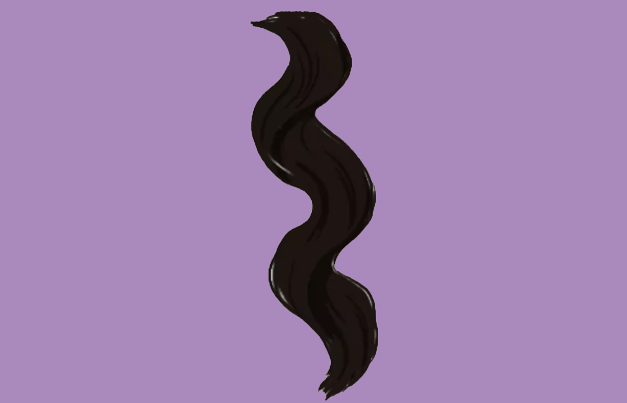
2C
Thick and well-defined, 2C hair has an S-bend that begins at the roots. Because this hair type is more likely to frizz, it is important to keep it hydrated. Dryness can be avoided and natural oils can be preserved by using a shampoo without sulfates. When style, applying a styling cream on top of mousse improves the wave pattern and gives the hair much-needed moisture.
RELATED: How to Rock the Chignon—The Classic Hairstyle That's Back in Style
Type 3
Hair Type 3 hair might have tight ringlets or loopy S-pattern curls.
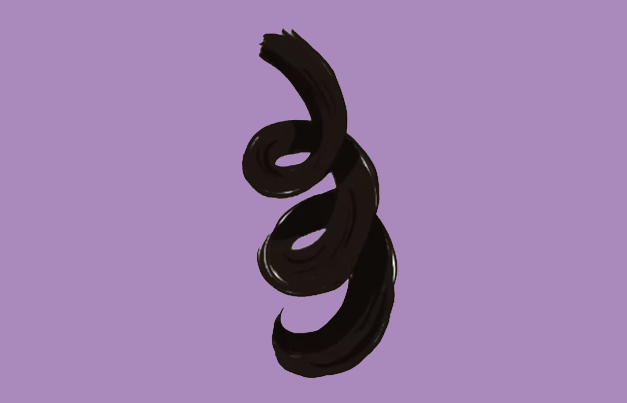
3A
Large, loose curls that are sensitive and easily disturbed are a characteristic of 3A hair. It's crucial to refrain from over-touching in order to preserve the curl pattern and minimize frizz. Use a curl lotion that has anti-frizz and hydrating qualities when the hair is damp. Especially when diffusing or air drying, this will maintain the curls hydrated and silky. Not Your Mother's Tahitian Gardenia Flower and Mango Butter Conditioner is a wonderful drugstore choice for conditioning curly hair.
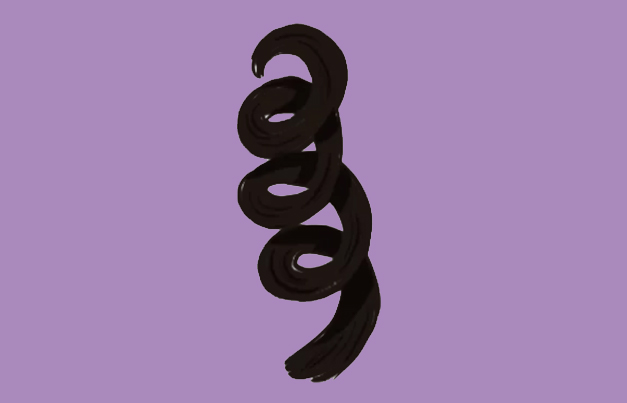
3B
The coarse, bouncy ringlets of 3B hair are prone to drying out. Look for products that have humectants, which draw moisture to the hair, to keep these curls defined and frizz-free. The best styling gel for adding definition and controlling frizz is one that contains humectants. The Denman D3 Original Styler is a popular brush for curly hair and comes highly recommended.
RELATED: Is Your Hair Too Dry? Try This Simple Test to Find Out!
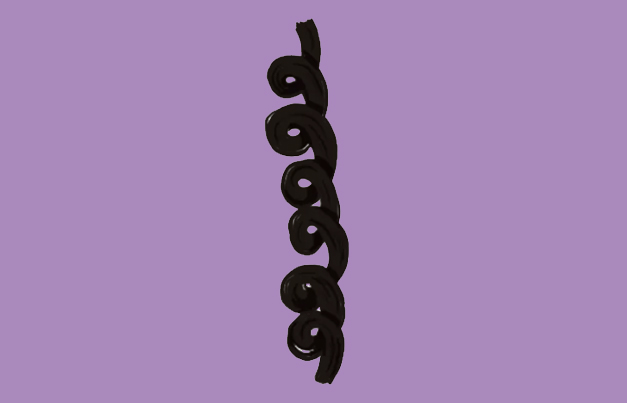
3C
Natural volume is produced by the tightly packed, corkscrew curls of 3C hair. But humidity has a big impact on this hair type, and it frizzes out easily. Use a shampoo without sulfates to prevent removing natural oils from curls and maintain their hydration and definition. Curls clump together when mousse and styling creams are applied to wet hair, creating a softer, more structured curl pattern.
Type 4
Type 4 hair can have a fine to coarse texture and is characterized by tight, tiny, kinky curls that are naturally dry.

4A
The densely packed, well-defined, springy S-shaped coils of 4A hair need constant moisture to remain manageable. Using a curl cream and a leave-in conditioner with rich hydrating elements helps preserve smoothness and definition because regular hydration is essential. To lessen accumulation and encourage a healthy scalp, a type 4 curl-specific scalp massager may also be helpful.
RELATED: 7 Stunning Messy Bun Ideas for All Hair Lengths
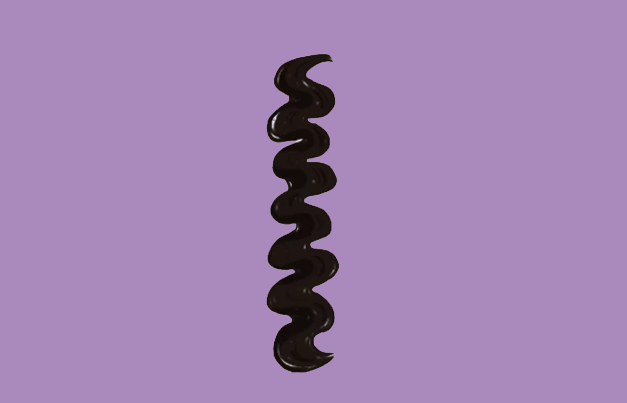
4B
Instead of distinct coils, 4B hair has tightly packed strands with acute Z-shaped angles. Because of its tendency to be extremely dry, this hair type requires leave-in conditioners, moisture sprays, and mild cleansing conditioners to stay hydrated in between washes. Maintaining softness and avoiding breakage can also be achieved with regular deep conditioning.
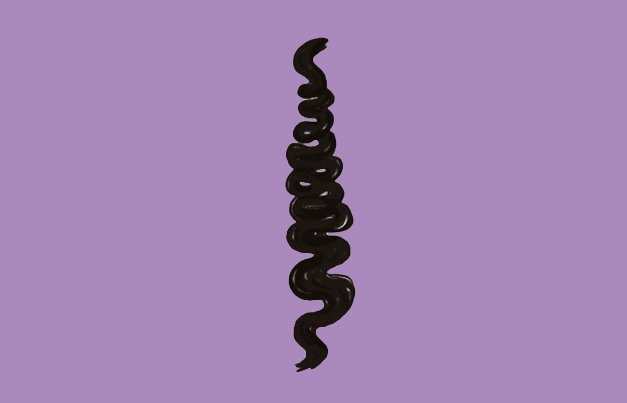
4C
Because of its tight zigzag pattern and significant shrinkage, 4C hair is the most delicate of all the curly hair types. Strong hydration is necessary to keep it from drying out and breaking. Use rich natural oils like coconut oil, shea butter, and argan instead of sulfates, which can deplete moisture. Deep-conditioning procedures and thick creams assist preserve smoothness and seal in moisture.
RELATED 1: Want to straighten your hair? Check out the best hair straighteners we've tested!
RELATED 2: How to Lock In Moisture and Keep Your Hair Hydrated—No Matter How Dry It Gets

